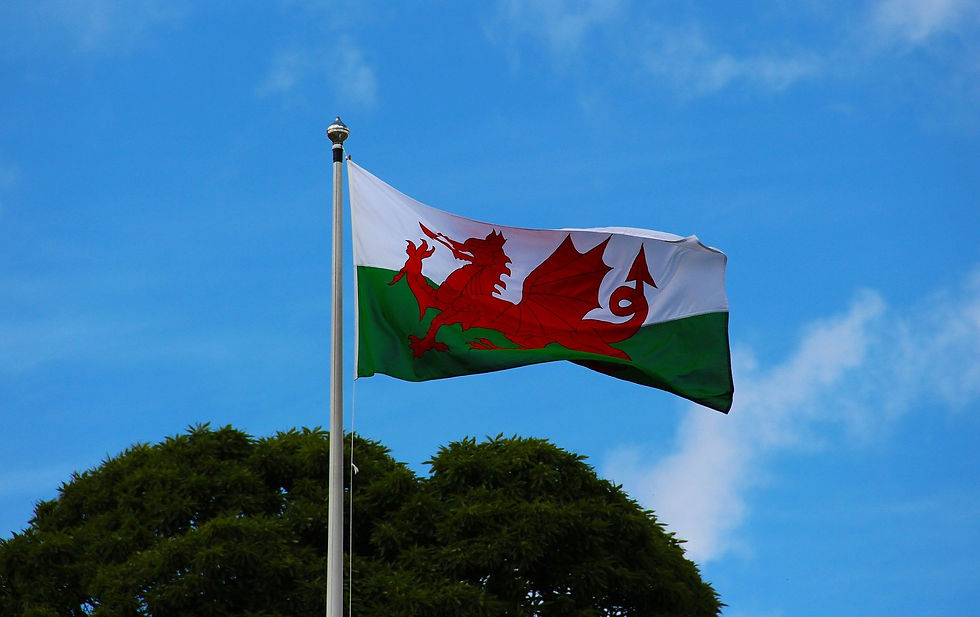Creole languages: The development of a linguistic phenomenon
- La Casa de las Lenguas

- Sep 14, 2022
- 4 min read
Updated: Jul 11, 2023
Creole languages first began to emerge in the 1600s and 1700s in colonial European plantation settlements. The need for groups of people who didn’t share a commonly spoken language to communicate with one another led to the many creoles we know of today.
The need for communication between communities of unintelligible languages was mainly found in colonies that were close to the Atlantic Ocean or the Indian Ocean. However, there were exceptions, such as Brazil, where creole languages failed to form despite its geographical location and it's history of colonialisation.
Around 100 creole languages have arisen since the 1500s.
The exact number of creole languages that exist today remains unknown as many are poorly documented and lack official recognition by their respective governments. Although, those that have arisen since the 1500s are mainly based on European languages due to the European Age of Discovery and the Atlantic slave trade.
While Creole-English doesn’t have official language status in any country, it is a mother tongue in 12 different countries.
Due to the prejudice that surrounds creoles and the general view that they are of a lower standing than their parent languages, many of the creoles that came about in the European colonies have since become extinct. Few, however, have been granted the status of official or semi-official languages of their respective territories.
Interestingly, while many of the most common creole languages have their roots in European languages, linguists now recognise that their formation is not restricted to the European colonial period and it is instead a universal phenomenon that is an important part of all language evolution. German-Jewish linguist, Sigmund Feist, even put forward the idea that the Germanic languages possibly grew from a creole language.
Most of the Creole languages are based on English, French and Portuguese.
There are many different theories that attempt to explain why and how creole languages begin to form. The most widely believed by linguists since the 1930s is that creoles begin as pidgin languages that first develop when there is a need for communication between groups of people who do not share a common language. In terms of Belizean Creole, the pidgin stage was initiated when West Africans were brought to Belize and forced to communicate with their slave owners in English which resulted in their use of broken English.
The pidgin-creole life cycle was studied by American linguist Robert Hall in the 1960s.
This pidgin stage lasts until it is passed onto the next generations who pick it up as a mother tongue and establish grammatical rules that the very first speakers of these pidgin languages never had. It is widely believed that once a pidgin becomes a mother tongue and is passed down the generations, that stage is over and it can become recognised as its own language/dialect.
About 4.6 million people speak Creole-English as their mother tongue.
Other linguists, however, recognise pidgins and creoles as two separate entities that occur individually in different situations. Consequently, it is not necessary for a pidgin to be the step before a creole nor for a creole to be the evolution of a pidgin.
According to linguist Salikoko Mufwene, pidgins arose in trade colonies amongst speakers who continued to use their native languages in their everyday life, while creoles developed in settlement colonies where there was exclusive communication in a European language.
This led to elements of European languages being adapted to the slaves’ non-European native languages. The difference between this and a pidgin is that the creole becomes the everyday vernacular, instead of solely being used in situations where it was necessary to communicate with those who spoke a different language.
Creoles are not usually considered as members of the same language family as their parent language. Instead, they are normally grouped with other creoles with which they share the same parent. For example, it is common to hear the phrase ‘English-based creole’ or ‘French-based creole’ rather than hearing them being referred to as part of the Romance or Germanic language family.
Haitian Creole is the most widely spoken Creole language.
The similarities between a creole and its parent language is often dependent on the level of interaction between the two languages. This can be seen within the Caribbean French Creoles, such as Martinican Creole. This creole most likely has the closest ties to Standard French and has more phonetic and lexical influences from the French language than the other French-based creoles spoken in the Caribbean.
While most speakers on the island are born speaking the creole language, their education is mainly in a French-speaking dominated system and so they finish their studies with a solid level in both Therefore, the similarities between Martinician Creole and French can be easily linked to the level of interaction between the two languages on the island.
On the other hand, Dominican and St. Lucian Patois have one of the most distant ties with their parent language. This can most likely be explained by the British administration over the last two centuries which led to English overtaking French as the superstate language (a language that influences another through contact) and so French lost its influence in the area. Consequently, much fewer Lucians and Dominicans speak French in comparison to Martinicans which has resulted in a more distant relationship between French and the creoles spoken there.
Examples of Creole vs. their parent language
Bislama (English based Creole spoken in Vanuatu)
This is my house - Hem ya haos blong mi - Him here house belong me (Standard English phonology)
I have already been to town - Mi bin long taon finis - Me been long town finish (Standard English phonology)



Comentários